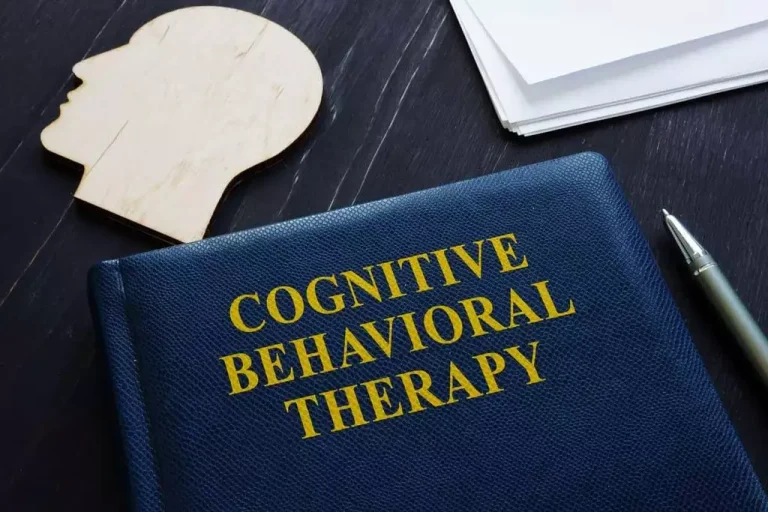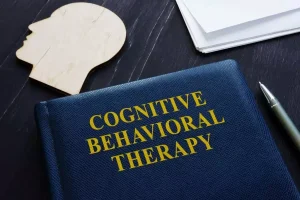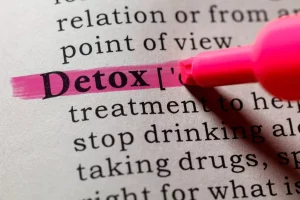
In contrast, other participants limited important substance-related recovery outcomes to abstinence from “harder drugs” such as one who shared “every one of them except the marijuana, tobacco, and suboxone. I what is alcoholism smoke that and I smoke tobacco and I can still recover so I’d have to say all but those three.” Also, some participants limited their important drug-related outcomes even further by focusing specifically on abstinence from methamphetamine. For example, one participant reported “reducing methamphetamines because that’s my drug of choice. They take you down and they take you down hard too so yeah, that’s why it’s important to not use meth and not want to use meth.” Additionally, participants identified “recovery identity” as an important element of their recovery.
8 Zonisamide

To reduce the risk of relapse, patients should be engaged https://ecosoberhouse.com/ in psychosocial interventions such as described later in these guidelines. Patients who repeatedly relapse following withdrawal management are likely to benefit from methadone maintenance treatment or other opioid substitution treatment. The dose must be reviewed on daily basis and adjusted based upon how well the symptoms are controlled and the presence of side effects. The greater the amount of opioid used by the patient the greater the dose of codeine phosphate required to control withdrawal symptoms. Symptoms that are not satisfactorily reduced by codeine phosphate can be managed with symptomatic treatment as required (see Table 3). The greater the amount of opioid used by the patient the greater the dose of methadone required to control withdrawal symptoms.
Management of inhalant withdrawal
Reduction of heavy drinking may be a more reasonable goal for ambivalent patients who lack the readiness to commit to abstinence 14. Principles of motivational interviewing, together with flexibility and willingness to work with the patient’s goals, can be helpful when working with these patients. First, the sample was primarily recruited from people involved in the criminal legal system (CLS) with high levels of polysubstance use in one southern state. Also, although part of the sample was also drawn from a rural SSP, 94% of the sample were recruited from the CLS.
Combining medications with psychosocial treatments

If symptoms are not sufficiently controlled either reduce the dose of methadone more slowly, or provide symptomatic treatment (see Table 3). As the parenteral form of clomethiazole is no longer available, its application is dependent on sufficient alertness and cooperation to enable peroral treatment. For adequate alleviation of delirious symptoms, 200 mg capsules are administered (maximum 24 capsules per day) and doses are repeated every 2–3 h until sufficient calming. As with BZDs, CNS respiratory center depression may emerge, especially in combination with BZDs, whose daily doses should be reduced to 15–20%.
2. STANDARD CARE FOR WITHDRAWAL MANAGEMENT

Higher valproate levels also conferred a greater advantage on drinking-related outcomes. Adjunctive divalproex did not improve bipolar disorder (both manic and/or depressive) symptoms 65; however, this study was specifically powered for drinking-related measures. Most patients discontinued participation and, of those that completed therapy, divalproex was not superior to lithium alone on both mood and substance-related outcomes.
Receive weekly news and updates from ASAM.
- Dexmedetomidine is a drug which acts on the noradrenergic system and is currently used in the US in the treatment of AWS in emergency set up.
- Sedative-hypnotic, opiate, cocaine, or amphetamine addiction occurs rapidly, and withdrawal may be seen from late adolescence through adulthood.
- While interest in developing these agents appears warranted, caution is urged because of disappointment in the clinical efficacy of naltrexone in previous studies of patients addicted to opiates (except those who are most highly motivated).
- As for management of mild alcohol withdrawal, with diazepam as in Table 11.
- Symptoms that are not satisfactorily reduced by codeine phosphate can be managed with symptomatic treatment as required (see Table 3).
- Therefore, the importance of direct and indirect alcohol markers to evaluate consumption in the acute clinical setting is increasingly recognized.
Similarly, most reported that methamphetamine recovery cannot include the use of other drugs (69%). However, when asked about specific substances, participants exhibited more acceptance for non-abstinent outcomes, as a sizeable minority endorsed that recovery from methamphetamine can include the use of legal substances with alcohol difference between drugs and alcohol use at 39% and tobacco at 89%. Harms related to methamphetamine use are a growing public health problem. In 2021, 1.6 million Americans met the criteria for stimulant use disorder (methamphetamine type), hereafter called methamphetamine use disorder (MUD; 1).
- Rather, withdrawal management is an important first step before a patient commences psychosocial treatment.
- In addition, participants reported various forms of stability as important to recovery including employment stability, economic or income stability, and housing stability.
- Topiramate has substantial evidence of efficacy for treating alcoholism in this setting as a mono-therapy.
Given that existing treatments are moderately effective at best, clinicians must strive to optimize their understanding of the disorder and its underlying neuroscience. This means having a basic understanding of the effect of each agent on brain circuitry and its downstream effects. In line with our focus on clinical practice, we provide here a simplified overview. A more detailed neurobiology underlying AUD can be found elsewhere 15–18. Moreover, the economic burden of alcohol-related societal harm is nearly $250 billion annually in the United States (US) alone 1. AUD as defined by the Diagnostic and Statistical Manual of Mental Disorders (DSM-5) 2 is common with a lifetime prevalence of 29.1% 3.
- Lorazepam is considered more effective than diazepam in preventing seizure recurrence as lorazepam has consistent plasma level distribution unlike diazepam.
- Over the years, the treatment for alcohol detoxification has evolved from the use of gradual weaning schedule of alcohol itself to the use of benzodiazepines and the newer miscellaneous drugs.
- It is unclear whether PWUM deem abstinence to be essential in order to accomplish this kind of stability.
- The length of time between each dose reduction should be based on the presence and severity of withdrawal symptoms.
- These results suggest that levetiracetam likely lacks efficacy in the treatment of alcohol dependence 80.
• Efficacy of fixed tapering dose regimens over symptom triggered regimens
The choice of treatment setting for alcohol detoxification has important cost implications. Hayashida and colleagues (1989) found outpatient alcohol detoxification to be considerably less costly than inpatient treatment ($175 to $388 versus $3,319 to $3,665, respectively) 35. To some extent, the higher cost of inpatient treatment reflects the occurrence of more severe symptoms of AW as well as more co-occurring medical problems among hospitalized patients compared to ambulatory patients. For mild alcohol withdrawal that’s not at risk of worsening, your provider may prescribe carbamazepine or gabapentin to help with symptoms. Patients with AUD who are or become pregnant require careful consideration of the risks and benefits of treatment compared with nontreatment to both mother and fetus.
